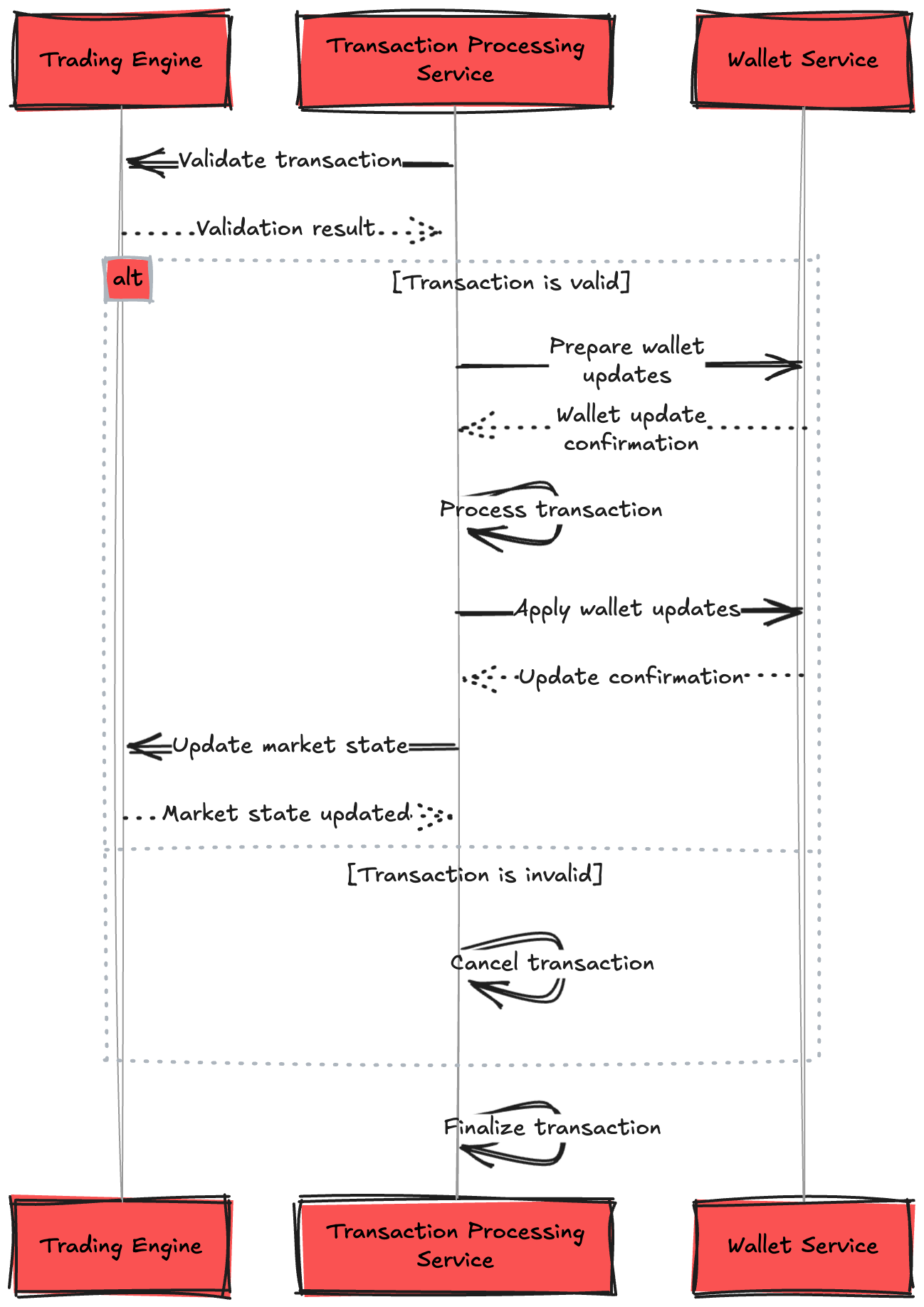[System Design Tech Case Study Pulse #59] $320 Billion Crypto Transactions Volume: How Coinbase Actually Works
Behind the tech with detailed explanation and flow chart....
Hi All,
Coinbase's implementation of MongoDB plays a crucial role in managing their cryptocurrency transactions, handling an astounding $320 billion+ in volume. This feat enables Coinbase to provide a secure, high-performance trading platform for millions of users worldwide.
Let's dive deep into how Coinbase engineered this system, exploring the key architectural decisions, scaling strategies, and optimizations that enable MongoDB to manage this enormous volume of financial transactions.
Learn how to Design Facebook Newsfeed
System Overview
Before I delve into Coinbase's MongoDB architecture for transaction processing, let's look at some key metrics that highlight the scale of its operations:
- Transaction volume: $320 billion+
- Active users: 73 million+
- Supported cryptocurrencies: 100+
- Peak transactions per second: Thousands
- Data centers: Multiple, globally distributed
- Latency target: < 100 milliseconds
- Availability: 99.99%+
- Supported platforms: iOS, Android, Web
- MongoDB clusters: Multiple, purpose-specific
- Total data managed: Petabytes
- Compliance requirements: SEC, FINRA, and global financial regulations
How Real World Scalable Systems are Build — 200+ System Design Case Studies:
System Design Den : Must Know System Design Case Studies
[System Design Case Study #27] 3 Billion Daily Users : How Youtube Actually Scales
[System Design Tech Case Study Pulse #17] How Discord's Real-Time Chat Scales to 200+ Million Users
How It works (Behind the Tech ) —
1. User Interaction:
- A user initiates a cryptocurrency transaction in the Coinbase app or website.
- Sensitive data is encrypted client-side before transmission.
2. Request Routing:
- The Load Balancer routes the transaction request to the appropriate Coinbase Microservice.






